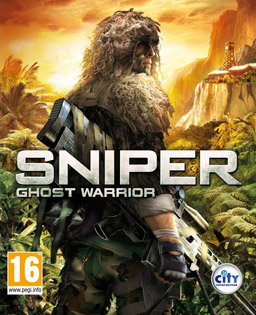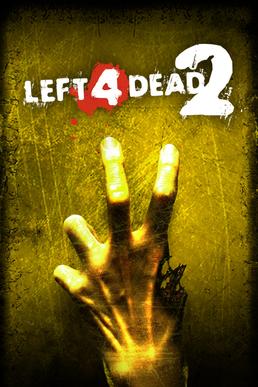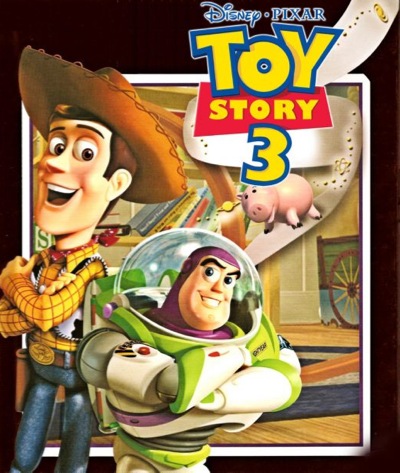 Developer(s): Obsidian Entertainment
Developer(s): Obsidian Entertainment
Publisher(s): Sega
Designer(s): Chris Parker (Project Director), Chris Avellone (Lead Designer) Composer(s): BT, Rod Abernethy, Jason Graves, Alexander Brandon
Engine: Unreal Engine 3
Platform(s): Microsoft Windows, PlayStation 3, Xbox 360
Release date(s): EU May 28, 2010 NA June 1, 2010
Genre(s): Action RPG
Mode(s): Single-player
Rating(s): BBFC: 15 ESRB: M PEGI: 18+ USK: 16
Media: Blu-ray Disc, DVD-DL
In the world of espionage, nothing is as it seems in Obsidian Entertainment's blockbuster role-playing game (RPG) thriller Alpha Protocol.
Assume the role of Michael Thorton, a highly skilled government operative trained to eliminate threats to national security.
When a mission goes horribly wrong, Thorton is the only one with the information, skills, and audacity to stop an impending international catastrophe. To do so, he will utilize the very government directive that the enemy sought to use against him--Alpha Protocol.
Set in the modern day, Alpha Protocol gives you complete control not only of Thorton's actions but also of his personality and attitude, all of which will determine the future of the world as we know it.
Blending fast-paced modern combat, significant character advancement, and innovative RPG features, Alpha Protocol brings a fresh new perspective to the genre.
Gameplay
Combat:
Alpha Protocol is played from a third-person perspective, allowing the player to see Thorton and his surroundings at all times. As Thorton is a trained CIA operative, the tools at the player's disposal include numerous firearms, hand to hand combat using Kenpo, and spy gadgets.
In addition to the action elements, players also earn Advancement Points, which can be placed into any of the ten different skills in the game. These skills will increase Thorton's ability to use certain weapons and grant different abilities to him. These abilities are free to use, but require a "cooldown" period before they can be used again. One ability that has been mentioned in previews allows Thorton to scan a group of enemies in slow-motion before popping out of cover and shooting each of them more rapidly than he would be capable of normally.
At the heart of Alpha Protocol is the Dialogue System. This screen shows a typical dialogue sequence players use to decide their progress.
Alpha Protocol features numerous characters with whom to interact. Conversations occur in real-time, giving the player a limited amount of time to respond at key "decision points" during dialogue. The dialog system in the game - known as the "DSS" or Dialogue Stance system - allows the player to choose from three different attitudes, or "stances," when speaking to an NPC. Obsidian has said that these options are based on the personalities of the "three J.B.'s": Jason Bourne of the Bourne Identity novels and films, James Bond of the eponymous film and book series, and Jack Bauer of the television series 24, although the game itself does not use these names. During dialog sequences, the player will be able to choose from options like "professional" (Jason Bourne), "suave" (James Bond), and "aggressive" (Jack Bauer), sometimes with a brief description of the dialogue choice (such as "sarcastic") taking the place of the general stance. A fourth, "action" dialogue choice is sometimes available, used to terminate a conversation prematurely. Each NPC will react differently to these choices; one character might be intimidated by an aggressive stance, but another character may find an aggressive stance to be insulting or childish. While dialogue choices will have some immediately noticeable consequences, many may not be seen until much later in game. As each conversation is experienced once per playthrough, multiple playthroughs will be required in order to experience all of the game's content; while the game contains a total of approximately twelve hours of cinematic sequences, a player will only experience around four hours during any given playthrough.
Structure:
Alpha Protocol has a hub structure, in which Thorton must utilize safe houses in each of his hub cities in order to lay low between missions. From a safe house, Thorton can change clothing, access a weapons locker, telephone contacts, and attempt missions. Some missions are critical to the progression of the story, while others are optional. Players will be able to buy and sell weapons and equipment within their safe houses. Hub cities include Rome, Moscow, Taipei and a city inside Saudi Arabia.
Players can customize Michael's headwear, facial hair, hairstyle, eye color and eye wear.
Choice of weaponry is very important to how a character approaches combat; you can only bring two weapons into the field at once. Pistols are weaker and shorter-ranged but they and Assault Rifles are the only two classes capable of precision shots, and only Pistols can be silenced for stealth characters or use tranquilizer rounds for characters interested in firing their guns but not killing their targets. Assault Rifles do more damage and have longer range, but lack the ability to be silenced except by using expensive and rare subsonic ammunition. Shotguns and SMGs are good at short range; while the Shotgun user can charge up for a critical hit to knock an enemy down, the SMG user gains a damage increase as more of his shots hit targets in a short time.
Weapons can be customized by placing modification items in one of the four slots: the barrel, the scope, the magazine, and the accessory slot. Just like your choice of models for a given weapon type, these modifications can have both positive and negative effects on the weapon's attributes: Damage, Accuracy, Recoil Control, Stability, and Magazine size.
Characters can also choose and customize their armor. The main function of armor is to provide Endurance – a pool of regenerating hit points – to Thorton, but different suits can instead specialize in stealth or increasing the amount of gadgets Thorton can carry in his inventory.
The player can choose also which skills to advance, allowing them to reinforce their play style. The character can advance skills which make him kill his enemies better (Pistol, Assault Rifle, Shotgun, Submachine Gun, Martial Arts) each with their own play style, make him better with his gadgets (Sabotage), harder to kill (Toughness) or spot (Stealth), or provide miscellaneous benefits (Technical Aptitude).
Music:
The theme to Alpha Protocol was written by electronic producer and artist Brian Wayne Transeau, better known by his stage name, BT.
Minimum System Requirements
OS: Windows XP (Service Pack 2)
Processor 2.66GHz (Intel Pentium) or Athlon XP 2400+(AMD)
Memory: 2 GB RAM
Hard Drive: 12 GB available hard drive space
Video Card (graphics): DirectX 9.1, Pixel Shader 3.0 and 256 MB (i.e. GeForce 7900 or ATI 1800)
Sound: DirectX 9.1 compatible
Control: Keyboard, Mouse
Recommended System Requirements
OS: Windows XP or Vista
Processor: 3.0 GHz Dual Core CPU / Athlon 64 X2 Dual Core 5600+ (or better)
Memory: 2 GB RAM
Hard Drive: 12 GB available hard drive space
Video Card (graphics): DirectX 9.1, Pixel Shader 3.0 and 512 MB (i.e. GeForce 8800 or ATI Radeon HD 2900)
Sound: DirectX 9.1 compatible
Control: Keyboard, Mouse

















